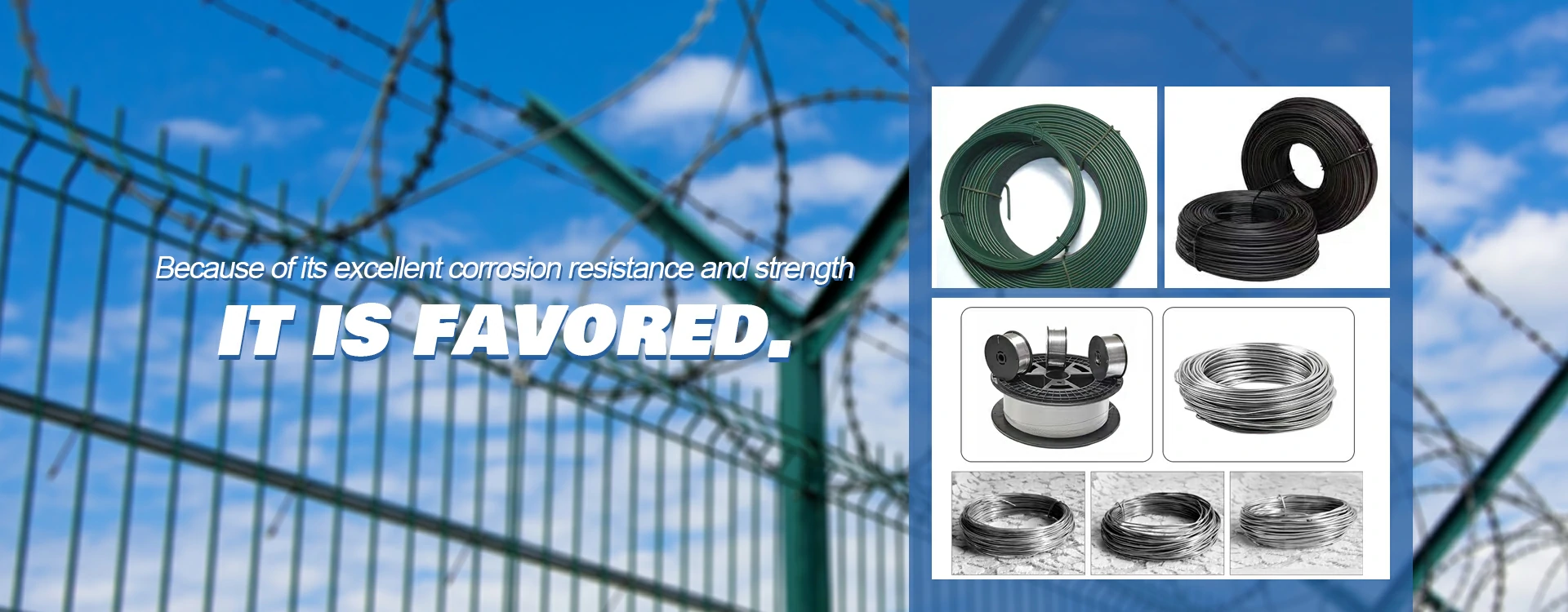 TEL:
+86-13102802206
TEL:
+86-13102802206
 Email:
fencenetting@china.com
Email:
fencenetting@china.com
 Language
Language
 TEL:
+86-13102802206
TEL:
+86-13102802206
 Email:
fencenetting@china.com
Email:
fencenetting@china.com
 Language
Language


Stone Walls in Cages A Reflection on Confinement and Freedom
The imagery of stone walls encasing fragile lives evokes powerful emotions—fear, longing, and an insatiable desire for freedom. When we think of walls, we often imagine physical barriers that segregate spaces, but the deeper implications of these walls extend into psychological and emotional realms. Stone walls in cages conjures thoughts of confinement—not only of the body but also of the mind and spirit.
The concept of confinement is not just a literal one; it permeates our everyday lives in various forms. We see it in the routines we adhere to, the societal expectations we are bound by, and the fear of stepping outside our comfort zones. Each of these elements can feel like layers of stone, building up around us, creating a dense structure that is both protective and stifling. As individuals, we strive to find our space within these constraints, often grappling with the desire for both security and autonomy.
Stone walls are formidable. Made of solid, unyielding material, they represent permanence and resilience. Yet, they also symbolize isolation. When we find ourselves behind such walls, whether they are created by circumstance, society, or our internal fears, the world outside can feel like a distant dream. This is especially poignant in environments where people find themselves trapped—whether it’s physical incarceration, mental health struggles, or the emotional cages built from past traumas. Each story of confinement is a silent cry for help, a pressing urge to breach the barriers that hold us back.
Conversely, the metaphor of a cage evokes feelings of imprisonment and powerlessness, where the walls are not just barriers but also reminders of our fragility. In this space, we may feel suffocated, our potential stunted. The stone walls that encapsulate our essence serve not only as protection but also as restrictive bounds that inhibit our growth. Individuals may find themselves contemplating their existence within these confines, questioning what lies beyond and whether it’s attainable.

However, as with all things in life, there exists a duality. The stone walls that constrain us can also provide a sense of security and stability. They can define our boundaries, enabling us to create a safe haven where we can explore our identity. Within these walls, we can cultivate resilience and develop our inner strength. The irony lies in recognizing that sometimes, it is within the very structures that confine us that we find the courage to dream of freedom.
Navigating life requires us to continuously confront our stone walls in cages
. Perhaps the first step is recognizing their presence—acknowledging what binds us and understanding our relationship with these barriers. Are they self-imposed? Are they societal? Once we identify the sources of our confinement, we can begin to strategize ways to dismantle or transcend them.This journey toward liberation often requires vulnerability—an unsettling encounter with the unknown. It demands courage to confront the fear of change and the potential loss of familiar paradigms. Yet, there is profound beauty in this struggle. It fosters growth, transformation, and a deeper understanding of ourselves. With time, patience, and resilience, the stone walls that once seemed insurmountable can become stepping stones toward a brighter future.
As we ponder the concept of stone walls in cages, let us remind ourselves that while barriers may exist, so do possibilities. Each person’s journey is unique, filled with trials and triumphs. The path to freedom is not linear, but every step forward, away from the confines of our stone walls, brings us closer to the vibrant life that has always awaited us just beyond the cage. In these moments of reflection, we may find inspiration—not just for ourselves but for others trapped within their own walls. Together, we can forge a path toward liberation, where stone walls become the foundation for resilience rather than the confines of solitude.